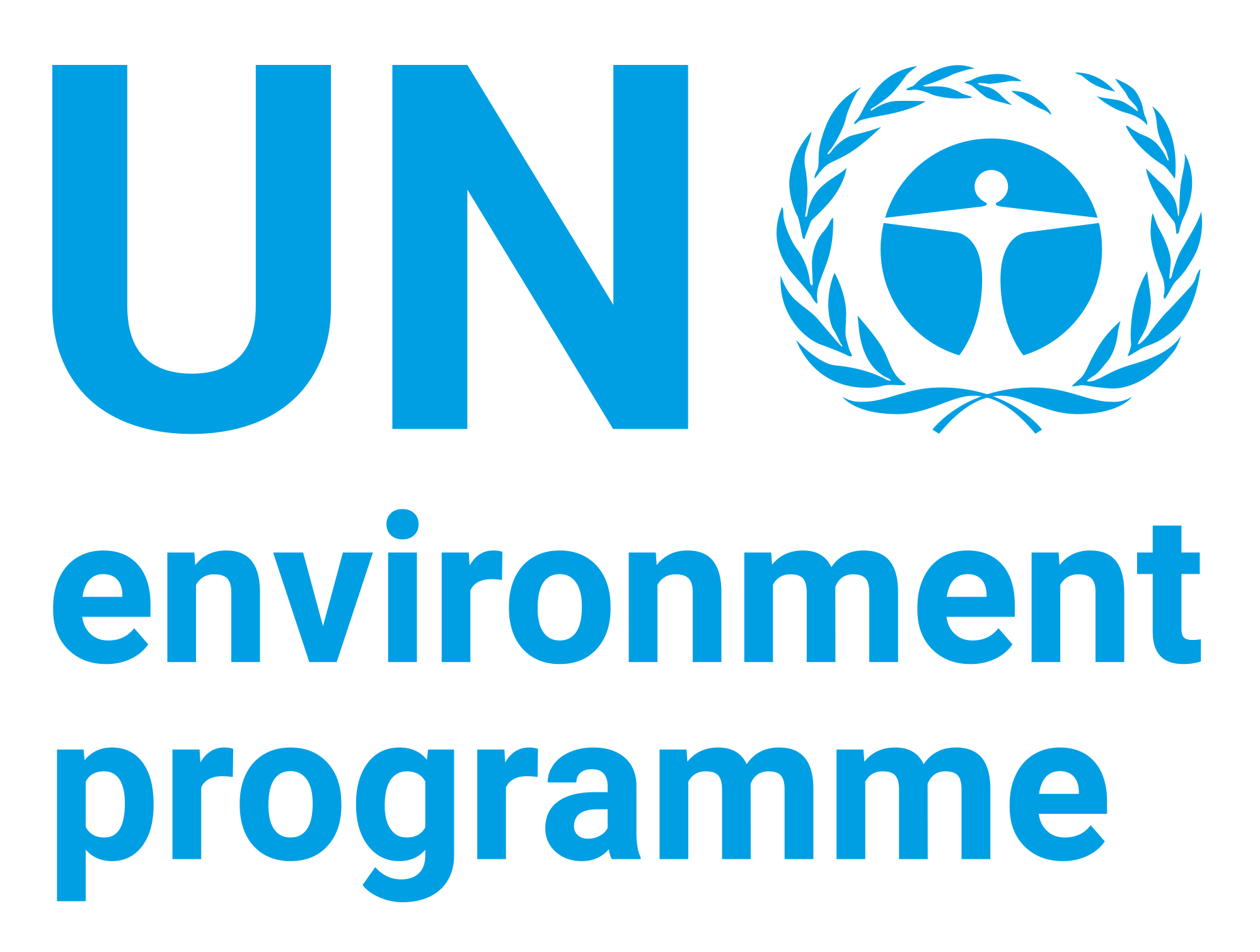| dc.contributor | Economy Division | en_US |
| dc.contributor.author | United Nations Environment Programme | en_US |
| dc.contributor.author | World Health Organization | en_US |
| dc.contributor.author | International Labour Organisation | en_US |
| dc.date.accessioned | 2019-08-19T18:09:58Z | |
| dc.date.available | 2019-08-19T18:09:58Z | |
| dc.date.issued | 1997 | |
| dc.identifier.isbn | 92 4 157195 0 | en_US |
| dc.identifier.uri | https://wedocs.unep.org/20.500.11822/29473 | |
| dc.description | Hexachlorobenzene (HCB) is a chlorinated organic compound with moderate volatility. It is practically insoluble in water, but is highly lipid-soluble and bioaccumulative. Technical grade HCB contains up to 2% impurities, most of which is pentachlorobenzene. The remainder includes the higher chlorinated dibenzo- p-dioxins, dibenzofurans and biphenyls. Analysis of HCB in environmental media
and biological materials generally involves extraction of the sample into organic solvents, often followed by a clean-up step, to produce organic extracts for gas chromatography/mass spectrometry (GC/MS) or gas chromatography with electron capture detection (GC/ECD). | en_US |
| dc.format | Text | en_US |
| dc.language | English | en_US |
| dc.rights | Public | en_US |
| dc.subject | benzene | en_US |
| dc.subject | environmental health | en_US |
| dc.subject | toxic substance | en_US |
| dc.subject | environmental degradation | en_US |
| dc.title | Hexachlorobenzene - Environmental Health Criteria 195 | en_US |
| wd.identifier.sdg | SDG 3 - Good Health and Well-Being | en_US |
| wd.topics | Chemicals and Pollution Action | en_US |
| wd.identifier.pagesnumber | 183 p. | en_US |


